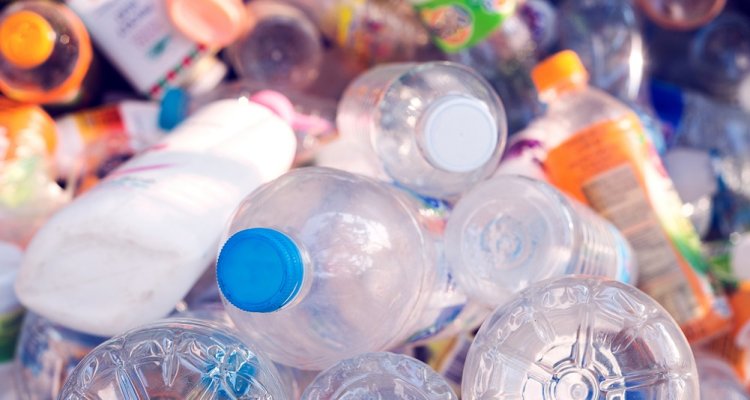
Project
Micro/nano plastics
This project aims to utilise advanced Py-GCMS technology for detecting microplastics (MPs) and nanoplastics (NPs). Initially focusing on identifying PET, PP, PE, and PS microplastics in water matrices, the project will later expand to include the detection of these polymers at the nanoscale.
Over the past 50 years, approximately 830 million tons of plastic was produced, a portion of which has degraded into microplastics (MPs) and nanoplastics (NPs). These tiny particles, which can also act as carriers for harmful contaminants, pose potential health risks as they enter the food chain. At Wageningen Food Safety Research (WFSR), existing methods like optical and vibrational techniques are used for detecting larger plastic particles but fall short in assessing nanoplastics and providing mass-based concentration data, a crucial factor for safety assessments.
In 2022, a review by Vitali et al. highlighted the need for more advanced detection methods. Pyrolysis gas mass spectrometry (Py-GCMS) is particularly promising, capable of providing comprehensive information about the chemical composition of MPs and NPs, including attached contaminants. Recognising the limitations of already implemented methods, WFSR aims to develop mass spectrometry-based techniques, particularly focusing on adapting Py-GCMS for nanoplastic analysis.